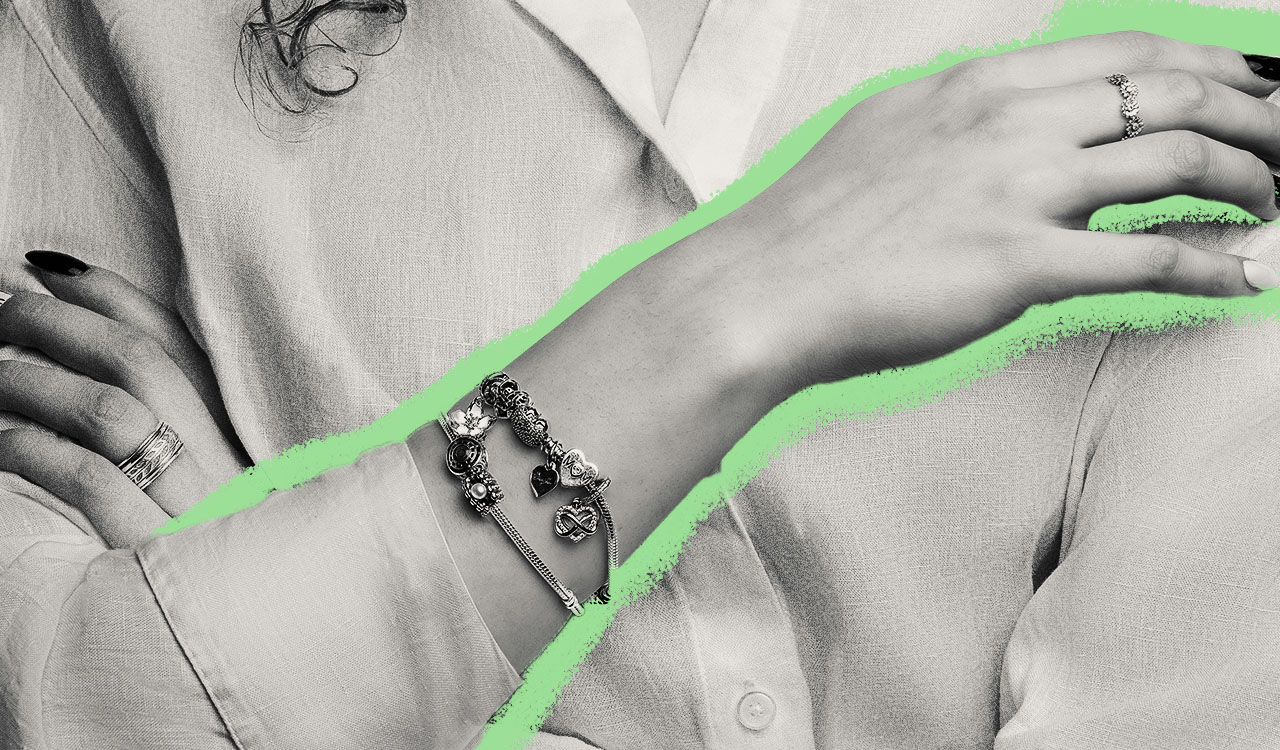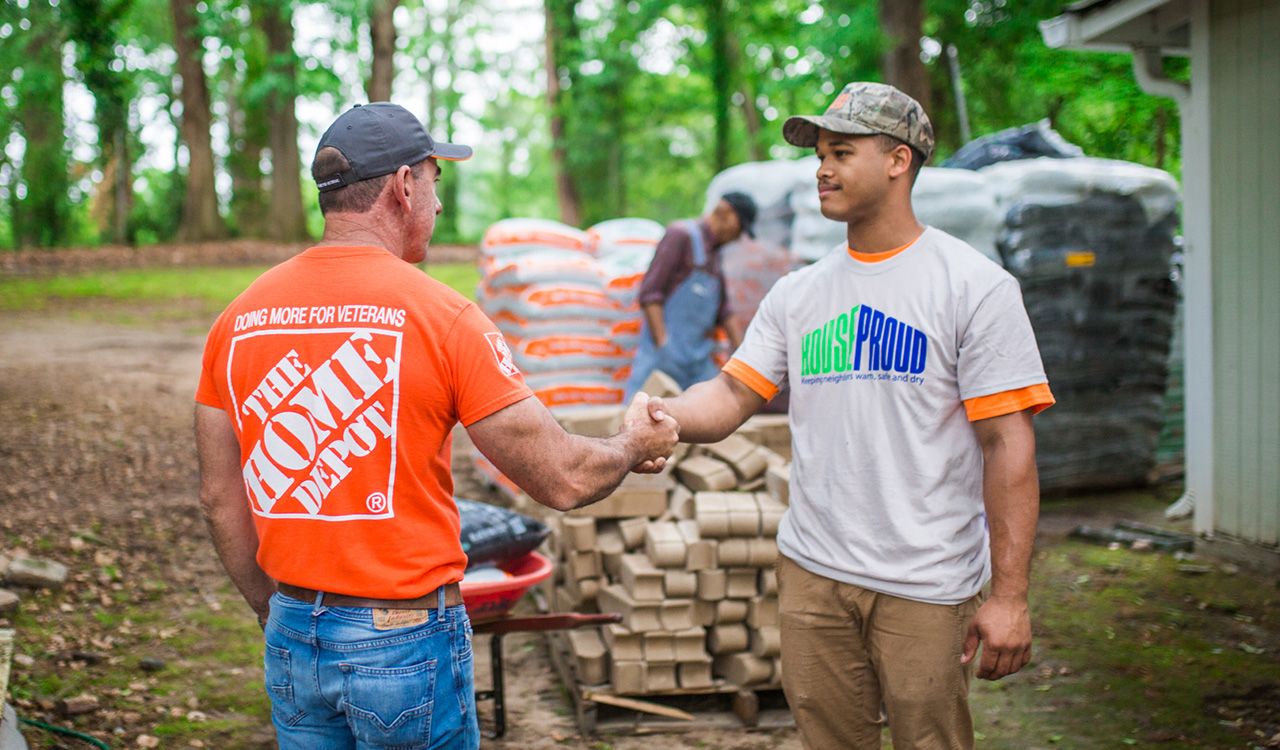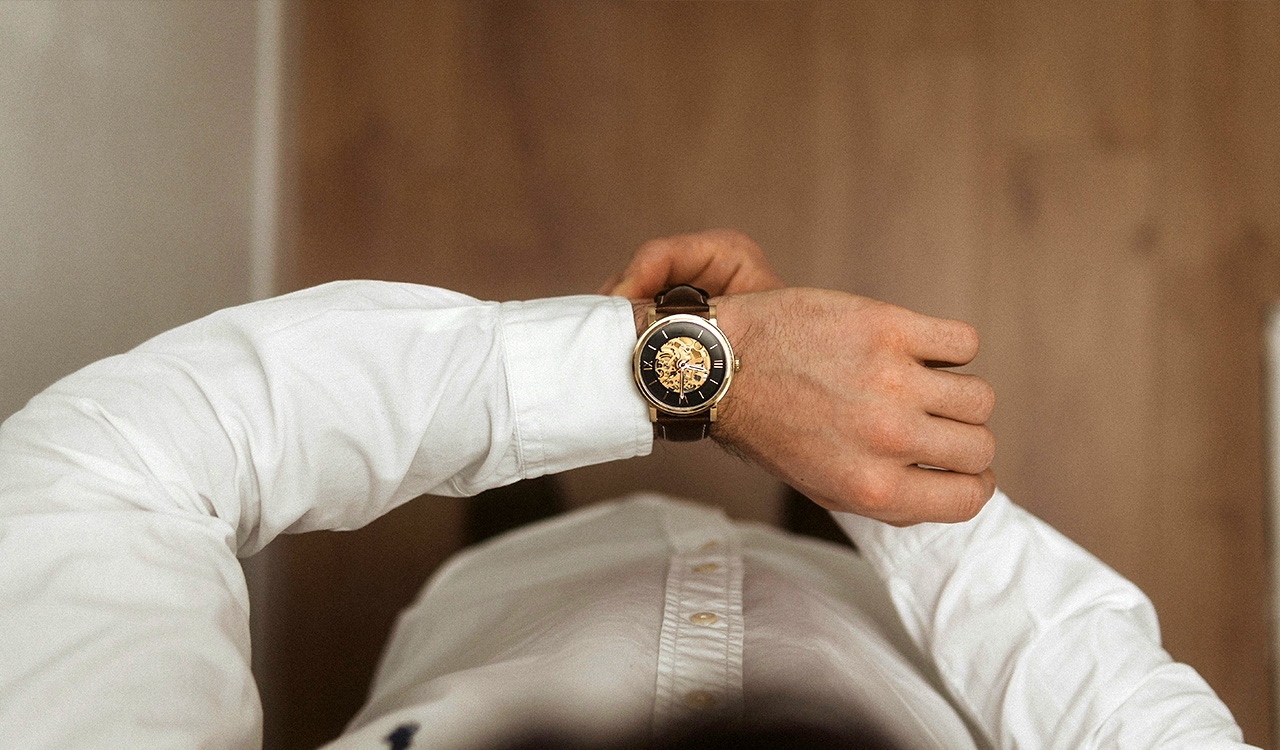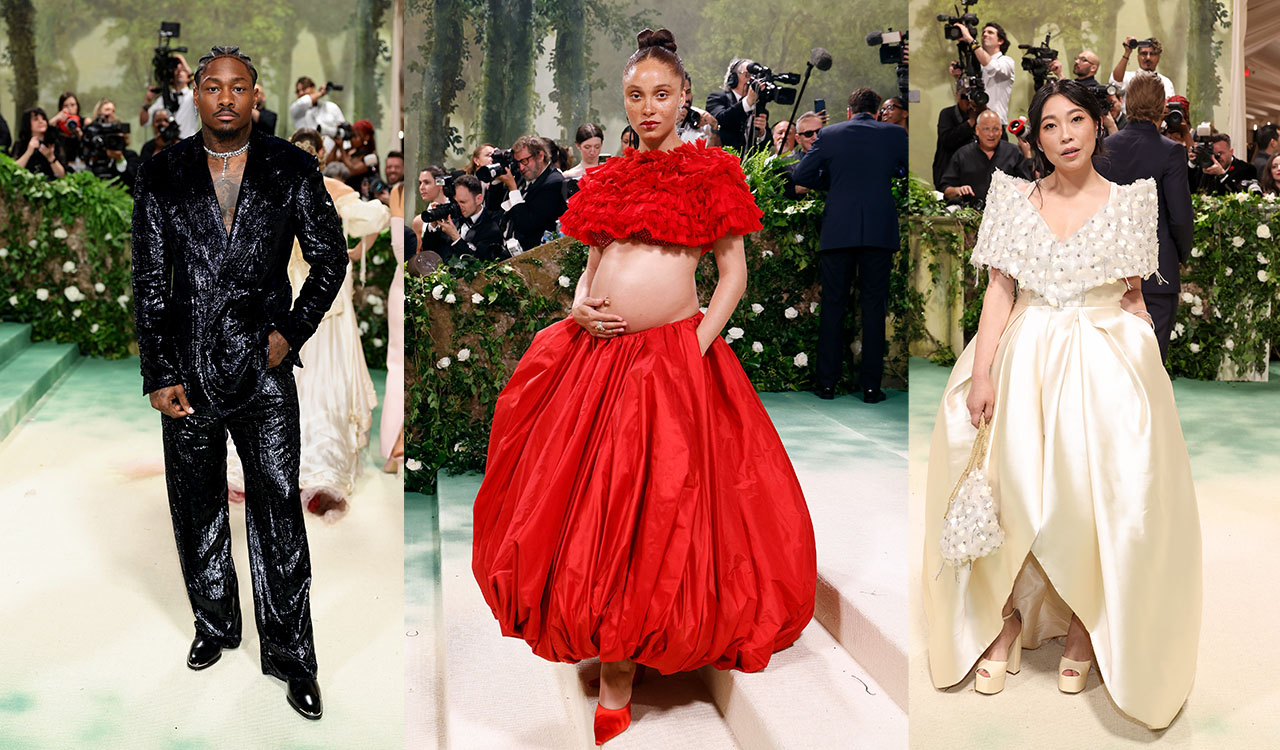The New Year has already been tough in the luxury market. The stock valuations of 18 out of 20 major luxury goods companies that Bank of America tracks have declined by some 16 percent from their 2023 highs. Most notable is the fall from grace of LVMH, the luxury industry leader.
The luxury resale market is now a $50 billion business (€45 billion), having nearly doubled since 2019, according to Bain. It has reached about 12 percent of the $392 billion (€362 billion) addressable market for new personal luxury goods. Despite the resale market being viewed primarily for entry-level, so-called aspirational consumers, there is no longer a stigma for affluent consumers to buy second-hand. It’s the smart thing to do. And if the brand is truly authentic, quality and value have no term limits.
The Slow Slide
As of September 2023, LVMH’s market capitalization dropped to $364 billion (€335 billion), putting it behind Danish pharmaceutical company Novo Nordisk as Europe’s largest company. Adding insult to injury, LVMH founder Bernard Arnault surrendered his number one position as the world’s richest person to Elon Musk, according to Forbes.
Bank of America, along with UBS and Morgan Stanley have dropped their estimates for the luxury sector. Investment firm J.P. Morgan, no relation to Morgan Stanley, said throughout the U.S. and Europe, “Luxury shoppers are tightening their purse strings,” with fourth-quarter sales numbers showing signs of an “ongoing normalization,” which I take to mean a pullback from previous indulgent spending. Bain expects fourth-quarter luxury spending to be “flattish” after third-quarter spending declined three percent year-over-year at constant exchange rates. “While the sector is more resilient, we also note that it has never been immune to macro dynamics and has historically been late cyclical,” J.P. Morgan warned.
Exception to the Rule
Pandora, the Danish jewelry company, is one exception to the recent stock market declines. Pandora stock started last year trading at just under $20 and now is it at about $35. The brand is hardly in the league of LVMH’s Tiffany & Co. or Richemont’s Cartier, but that may be why it is burning bright while other luxury brands are dimming.
Pandora jewelry is crafted from precious gold and silver, putting it in the fine jewelry class, but it makes its fine jewelry affordable. It is famed for its charm bracelets, sold individually at an average price of around $50 per charm, but a fully loaded bracelet could represent an investment of $1,000 or more.
It also recently introduced a lab-grown diamond (LGD) collection, a hands-off category for luxury jewelry brands. LGDs are chemically and structurally identical to natural diamonds but priced 50 to 75 percent less than an equivalent GIA-graded stone. LGDs give customers access to the romance of the stone and sparkle of diamonds at a price many can afford.
Pandora has the right combination of value for the price in a time of rising inflation and global economic uncertainty. Even the affluent are watching their pennies since they have the most invested in maintaining their quality of life. They already have closets full of luxury goods and don’t need to buy this season’s offerings, especially since prices have risen beyond what is easily affordable — even to them.
Opportunistic Stratospheric Prices
After the pandemic when demand for luxury goods went through the roof, luxury goods companies got greedy and raised prices. Bernstein luxury analyst Luca Solca reported that 21 out of 23 of the best-selling brands increased their prices, with Chanel, Prada, Dior, Louis Vuitton and Loewe leading the price-gouging pack.
Data analytics company The Edited confirmed that average luxury goods prices have risen 25 percent over 2019 levels. And the Paris-based firm Luxurynsight reported prices for luxury handbags escalated the most, up 32 percent since 2019. Think the Louis Vuitton Speedy 30 handbag, which went from $1,160 to $1,550 today. But that’s modest compared to the 75 percent price increase for Chanel’s medium-sized Classic Flap bag, up from $5,800 to $10,200 or the 63 percent bump for Prada’s Galleria, which went from $2,750 to $4,300. Nothing’s changed in the bags but the price.
Burberry learned the hard way about pushing prices too far. It nearly doubled handbag prices in its latest collection under the new leadership of CEO Jonathan Akeroyd and creative director Daniel Lee who are tasked with turning the British classic luxury brand around. The brand’s most popular bags used to sell in the $1,250 range (£990) and now are priced around $2,200 (£1,700) with the high end reaching over $4,500 (£3,590). Burberry customers weren’t buying it, so the company just revised its revenue and profit forecasts downward. By contrast, Hermès, the industry’s most exclusive handbag maker and one noted for its superior quality has been much more cautious, raising prices in the 15 to 20 percent range since 2019.
Value Disconnect
While luxury brands have been raising prices en masse, the quality of their goods has not taken a comparable upward turn. “The exact same wallet, same material and same color, from Prada cost $270 (€250) in 2014 and is now priced at $858 (€790). This is just one example of the pricing trend that is disconnected with an increase in product quality,” observes luxury consultant Susanna Nicoletti.
“Fashion brands pretended to exude luxury allure in the past years by supporting their self-defined high-end positioning mainly through price increases,” she says. “But the issue of price increases with a corresponding lack of value behind the prices is recognized by highly educated and informed customers. They feel betrayed by companies focusing all their efforts to reduce costs and increase margins while pushing out the fluff of marketing communications.” This is why Nicoletti says, “The luxury emperors have no clothes.”
Luxury Handbags, Inside Out
This should sober you up. Turkish-born Volkan Yilmaz, raised in a family-owned tannery business and founder of Dallas-based leather goods brand Pegai, has a side hustle. He tears apart high-priced luxury handbags to expose how they are made and their quality, or lack thereof. He posts videos of the exercise under the handle of Tanner Leatherstein on YouTube, Instagram and TikTok. All told, he now has nearly two million followers and is totally independent, paying retail for the bags he deconstructs.
After dismantling the bags, he gives a blunt assessment of how much each item actually costs to make. “In many cases, my estimates come in at about a tenth of what the price tag says. The markups that underpin the luxury business still shock a lot of people,” he shared with the New York Times.
His video venture came about because friends asked him about the quality of the high-ticket items they invested in. He uncovered that his friends were had. “A bag might look good from the outside, but when you rip it open and look inside, it tells another story,” he said. “When I started dissecting bags, I wanted to show that the price really wasn’t about the leather or the materials used. It was mostly about the status associated with a label.”
While many – most – luxury brands don’t stand up to Tanner Leatherstein’s analysis, more moderate-priced bags deliver the goods. Brands that have the right value/price equation include Strathberry, crafted in the same Spanish town as Loewe and Dior, but priced around $500 versus $3000. Polène and Coach also produce quality goods aligned with their price. “Many people are watching the videos because they love luxury and want a better understanding of quality products,” he said. “They want to assess their luxury or vintage purchases with their eyes open.” Yes, but. Let’s see how tolerant the luxury shopper is with such transparency.
Resale Pragmatism
With quality flagging across the luxury sector and prices going through the roof, luxury consumers are turning to resale as a hedge to find items that more closely match their value/price equation, not to mention that the level of quality may be better with vintage items.
The luxury resale market is now a $50 billion business (€45 billion), having nearly doubled since 2019, according to Bain. It has reached about 12 percent of the $392 billion (€362 billion) addressable market for new personal luxury goods. Despite the resale market being viewed primarily for entry-level, so-called aspirational consumers, there is no longer a stigma for affluent consumers to buy second-hand. It’s the smart thing to do. And if the brand is truly authentic, quality and value have no term limits.
Gently used luxury goods can be had for a fraction of their retail price through resale markets like TheRealReal, Privé Porter and Vestiare Collective. Their prices more closely match the traditional supply-demand model, and in rare cases, the secondhand prices might be even higher than current retail. For example, Used Hermès bags may be more easily sourced than new models customers typically have to wait months even a year for delivery.
In addition, TheRealReal reports customers are not just looking for gently-used luxury but increasingly going after “fair-condition” items that still have life left in them. “With the recent rise in fair condition, shoppers have embraced imperfection. They’re willing to buy older, worn items that are made well and still remain beautiful, and they wear them with pride,” Samantha McCandless, RealReal’s chief merchandising officer, said in a statement. “Within certain fashion circles, the worn look has become a badge of honor. We’ve seen so much growth and demand in fair condition that we’ve decided to expand the condition into other categories like ready to wear.”
On the flip side of resale, none of the resale players have figured out the math to support their business model. In fiscal 2022, TheRealReal did $1.8 billion in business as measured in gross merchandise value and brought in some $600 million in revenues, up 29 percent over 2021. But it lost $196 million, an improvement from the $236 million lost in 2021, and EBITDA stood at a negative $112 million; no business can sustain itself while losing money.
The Luxury Value Equation
In 2024 luxury brands will face a challenging macroeconomic market, “Exuberant post-lockdown growth is over,” HSBC’s Erwan Rambourg said. And they’ve complicated their challenges further by raising prices too high and too quickly without any noticeable quality improvement to justify those increases. “The big labels insist their materials, craftsmanship and design justify high prices,” Luxurynsight’s Siboni said. But luxury consumers beg to differ, and their opinion is all that matters. Luxury brands need to get back to the exceptional quality, workmanship and classic style that justifies their price, rather than rest on their laurels and expect customers to keep paying up for the same-old, same-old.




